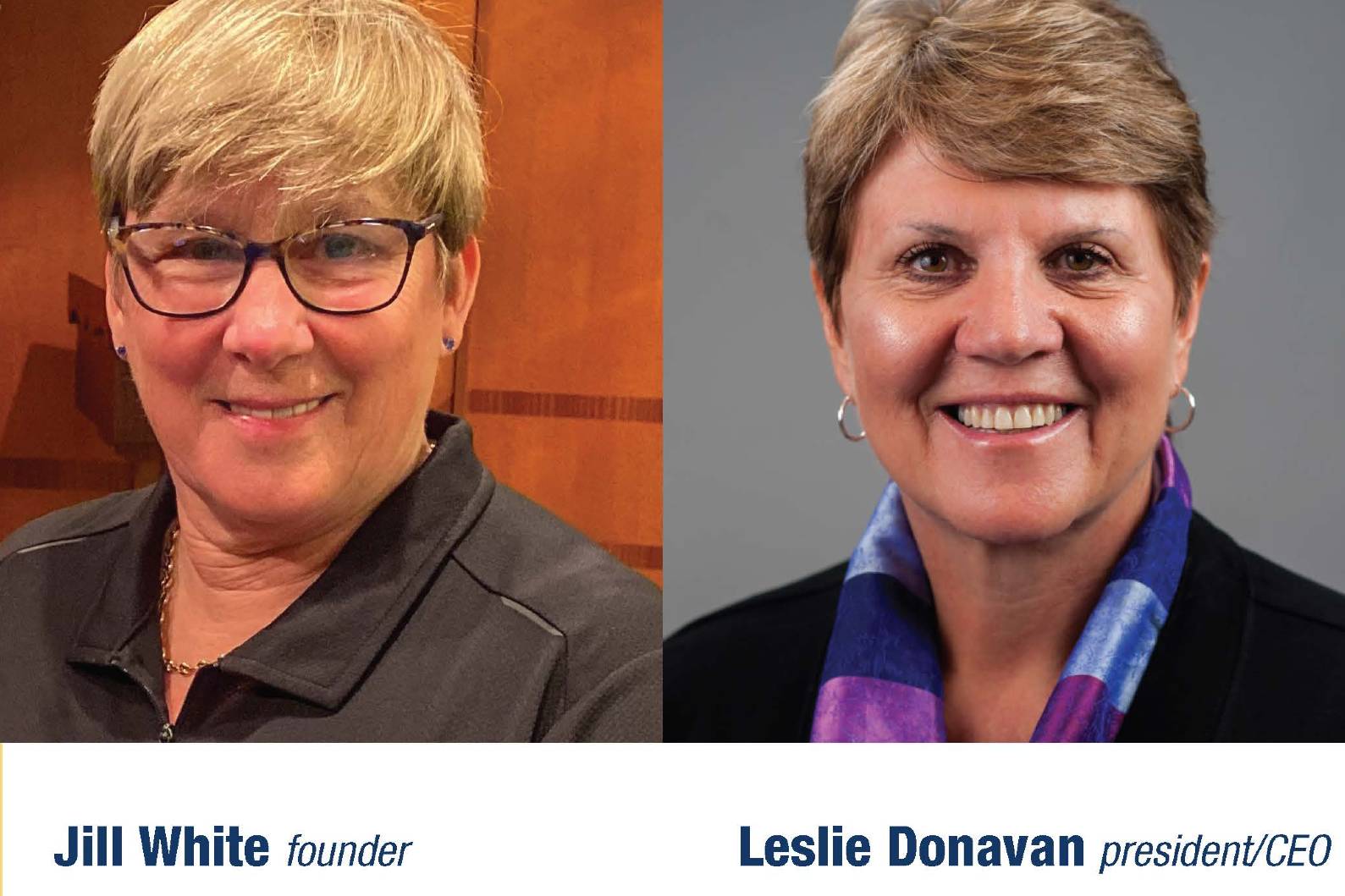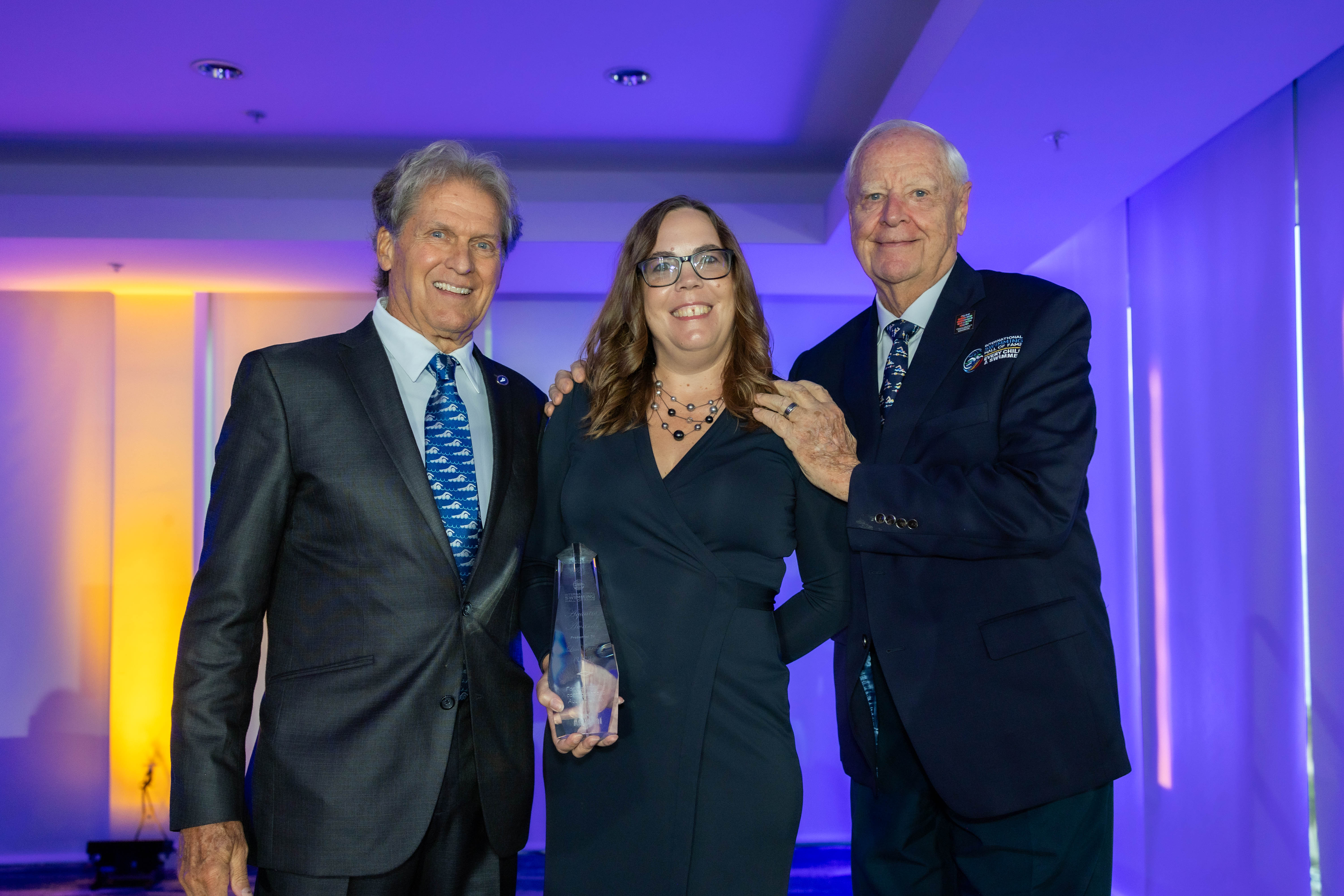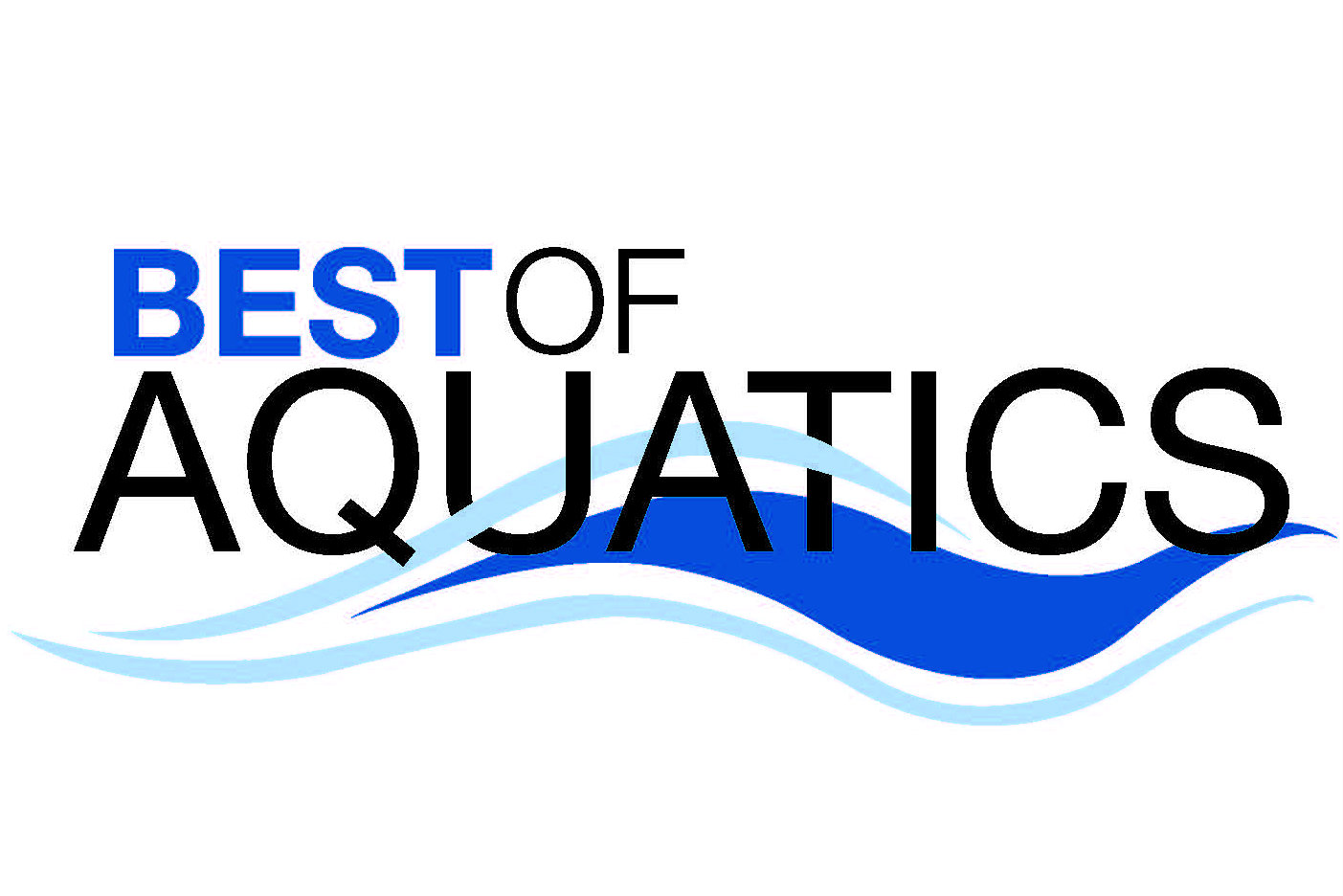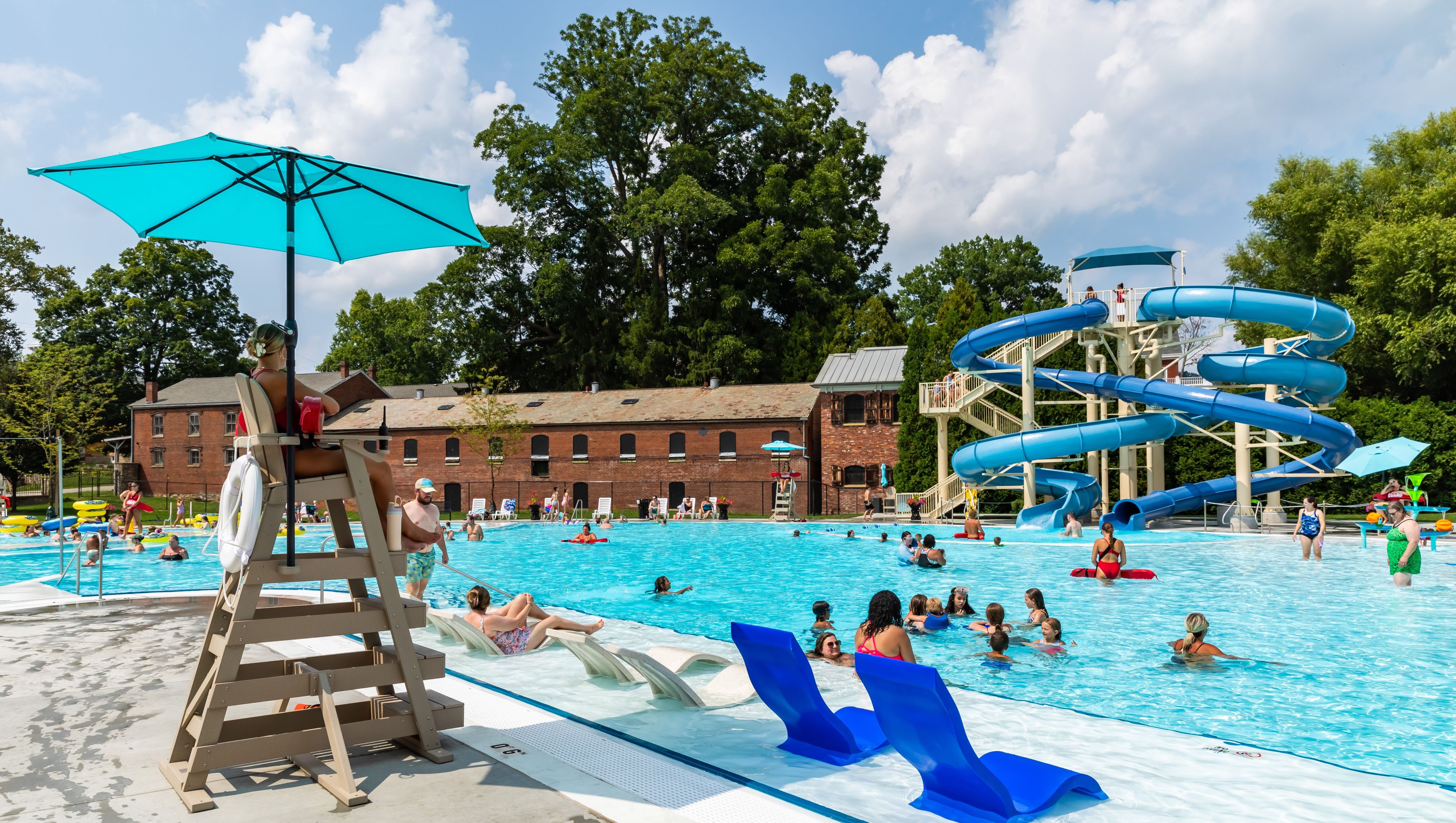Swim lessons, as we have known them, are over — at least for the time being. But that doesn’t mean modified lessons can’t be as effective.
Starfish Aquatics Institute has shown this to be true. The organization, helmed by Founder Jill White and President/CEO Leslie Donavan, took on a major concern for aquatics facilities across the country — how to safely teach children to swim.
Thanks to their efforts, many of SAI’s clients provide and continue to operate under socially distanced protocol. The team developed a new way to provide hands-on instruction without, well, instructors’ hands.
Modified methods
Swim instruction today looks very different than it did a year ago, when a single instructor worked with a class of six children in the pool. Now, you’re more likely to find the instructor teaching from the deck while one child learns, say, the backstroke with his or her immediate family in the pool. The only contact takes place between child and family, reducing the risk of transmission.
It’s just one way SAI has made water safety instruction possible in an age of physical distancing.
In March of last year, when news of the pandemic clouded the industry’s future, White and Donavan immediately sought to learn as much as they could and make their research widely available. Drawing upon the industry’s collective knowledge and consulting with medical professionals, they developed a framework that would minimize risk while maximizing learning in the pool.
Their project kicked off in earnest through weekly conference calls with domestic and international clients. The series, called Fridays Feature You, were open forums in which instructors could share their concerns and brainstorm solutions.
“They could learn from each other, how they were approaching COVID-19, and it was just a way for people not to feel completely isolated,” Donavan explains. “They really directed the conversation.”
SAI then broadcast a series of webinars to address specific concerns that arose during Fridays Feature You. The first webinar featured a presentation by an emergency physician on the frontlines of the crisis. SAI’s medical director, Dr. Seth Hawkins, addressed disinfection, transmission and mitigation strategies, helping lay the groundwork for a position statement that gave swim schools a workable solution. The 7-page document, authored by White, Donavan and SAI’s senior faculty member, Lake White, outlines potential best practices for swim instruction amid COVID. It gives facilities a flexible template to develop water-safety programs that would comply with their local regulations, which vary wildly from state to state.
“It was very difficult, because every single facility in every community was unique,” Donavan says.
“Facilities are used to planning their instructor development, in-services, lessons and signups in a very structured way … and all that went out the window,” White adds. “Helping them manage that uncertainty was critical.”
Options for modified instruction also include self-directed learning, in which individual students or household units move through several activity stations at their own pace, and a blended learning format that includes video resources along with in-water workshops.
Disseminating information to state and city officials helped pave the way for some facilities to continue operating. White and Donavan also sit on the executive committee of USA Swimming’s Aquatics Coalition, which works with state, county and city officials on policies impacting aquatics facilities.
“We were in a position to point them to very specific resources that might help them, including our position paper,” White says.
Attracting new swimmers
The most surprising outcome is that not only do students continue to develop their water safety skills unimpeded, but the new family-child format is attracting people to swim schools who may have never stepped foot in a pool otherwise. It’s a fun family activity and a way for parents to learn methods so they can continue training their children between lessons. It also condenses eight weeks worth of learning into a shorter time frame.
“[The original format] is a very slow process and, in COVID times, that just did not work,” White explains. “Instead of expecting your kids to move up through the curriculum, let’s do it more like a special event.”
White and Donavan say the approach has been so successful that some clients will continue to offer the program after the pandemic.
SAI’s efforts didn’t stop with its clients. The organization also developed a series of online courses that aquatics professionals could take free of charge. One of the courses, “COVID-19: What You Need to Know,” draws upon information from the CDC, WHO and OSHA and includes nine lessons to prepare facility operators and instructors to resume programs safely. Upon completion, professionals earn a certificate counting as in-service training.
Another course that’s meeting an urgent need is “Aquatic Operations: Getting Back on Track on a Moment’s Notice.” Many facilities are operating under fluctuating circumstances, if they’re operating at all. They don’t know when they’ll be shut down or allowed to open again. This course trains operators to be more nimble, addressing budget unknowns, registration issues and staffing, among others.
It’s another way SAI is helping professionals to get back into the swim of things.



